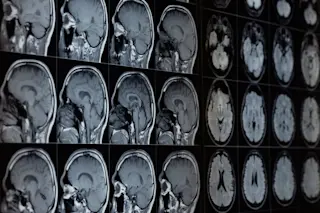President Obama followed through yesterday on his plan to ease restrictions on stem cell use in research funded by taxpayer money. National Institutes of Health leader Francis Collins announced that the organization has approved 13 new lines of embryonic stem cells for research, and will consider 96 more lines for approval. In March, Obama lifted President Bush's restrictions on federally-funded research on embryonic stem cells, which limited research to a handful of lines created before August 2001. Obama could not on his own reverse the Congressional ruling that forbids scientists from using taxpayer money to create new stem cell lines from embryos, but the ruling allows researchers to use cell lines created by others in an ethical fashion. The NIH set up a panel to decide which stem cell lines met strict ethical restrictions. The cells, for instance, have to have been made using an embryo donated from leftovers at ...
Bring on the Research: NIH Approves New Embryonic Stem Cell Lines
Explore President Obama's plan for embryonic stem cell research, easing restrictions, and opening pathways for ethical studies.
More on Discover
Stay Curious
SubscribeTo The Magazine
Save up to 40% off the cover price when you subscribe to Discover magazine.
Subscribe













